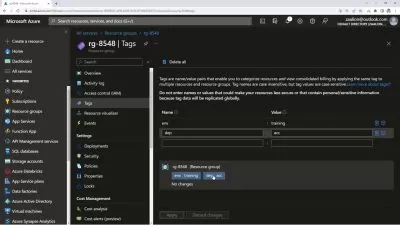Preparing Data for Feature Engineering and Machine Learning in Microsoft Azure
Ravikiran Srinivasulu
2:19:08
Description
In this course, you'll learn how to prepare, clean up, and engineer new features from the data with Azure Machine Learning, so the dataset can be represented in a form that's easy for the learning algorithm to learn the patterns.
What You'll Learn?
Data comes from many different sources. So when you join them, they are naturally inconsistent. In this course, Preparing Data for Feature Engineering and Machine Learning in Microsoft Azure, you will be taken on a journey where you begin with data that's unsuitable for machine learning and use different modules in Azure Machine Learning to clean and preprocess the data. First, you will learn how to set up the data and workspace in Azure Machine Learning. Next, you will discover the role of feature engineering in machine learning. Finally, you will explore how to Identify specific data-level issues for machine learning models. When you’re finished with this course, you will have a clean dataset processed with azure machine learning modules that’s ready to build production-ready machine learning models.
More details
User Reviews
Rating
Ravikiran Srinivasulu
Instructor's Courses
Pluralsight
View courses Pluralsight- language english
- Training sessions 66
- duration 2:19:08
- level preliminary
- English subtitles has
- Release Date 2022/12/12









